
There is something special about changing perspectives. Altering the way you see the world, and adding a fresh spin to a familiar scene. Sometimes, you have to get down low, whilst on other occasions you have to get up high — an early morning hot-air balloon ride does exactly that.
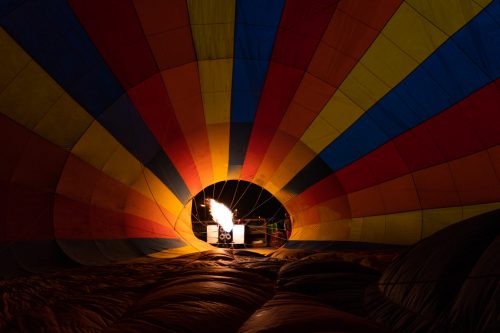
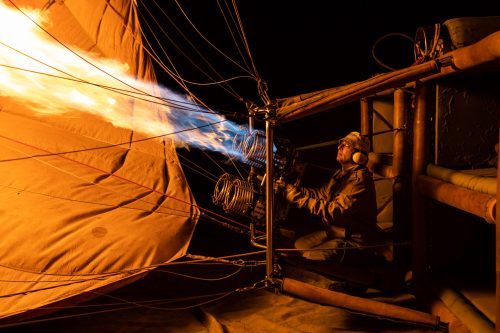
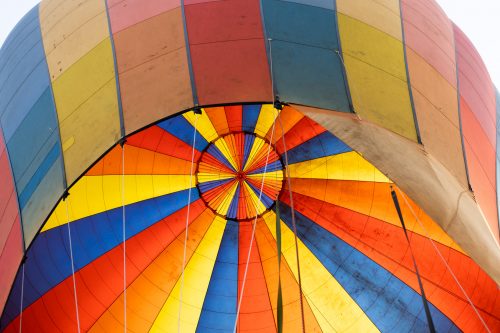

The route you take is dictated by the wind-gods and although the rough direction is fairly established (due to the prevailing winds), the specific flight path is different on each occasion. Sometimes, however, the unexpected happens, and the wind blows in completely the opposite direction. I always find this a thrill as I know I’m about to go on a magic-ride above new terrain. I gaze down in bewilderment, silenced by the beauty.
A balloon is the perfect addition to a safari, as it allows you to truly grasp the size of the landscape and the intricate mosaic of microhabitats within the area. From the ground you see an endless grassy plain, but from up here you see a maze of waterways and small forested islands. Momentarily, you are transported into the eyes of an eagle — and I feel jealous every time.
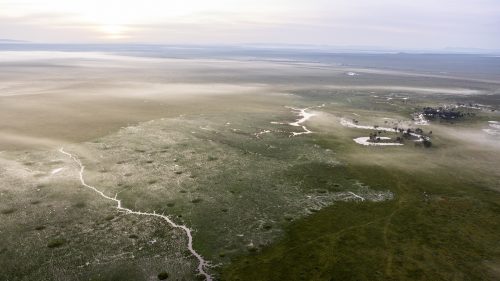
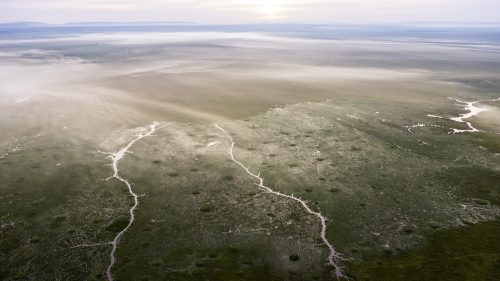
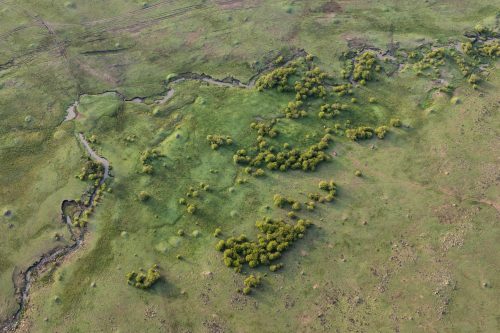
Birds play a pivotal role in a safari experience, splashing colours and movement across the grasslands. Like little jewels, they radiate happiness and provide pleasant distractions whilst out on the look for larger mammals. The Mara is gifted with some of the most splendid of birds, vibrant colours and mixtures of all shapes and sizes. It’s a birding mecca.
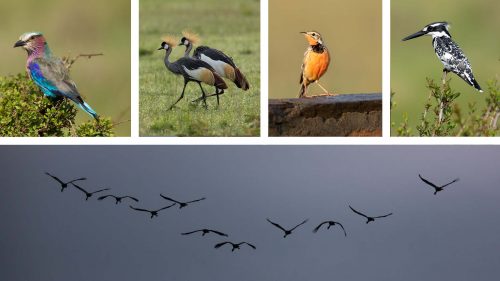
As this weekly blog post shows, in its 210th edition, the Mara is also a photographic mecca. I have travelled extensively across the African continent, but there are few landscapes that can keep a wildlife photographer entertained for years — literally.
The open grassy landscape, punctuated by the odd flat-topped tree, provides the perfect setting. The plethora of charismatic megafauna is unrivalled. Around every corner you come across cameos begging to be captured on film. And then there is the atmosphere. One of the many key ingredients to what makes a great image, at least in my opinion, is when the environmental conditions or landscape take on as important a role as the actual character portrayed. The Mara oozes with atmosphere. Sun, wind, dust, rain, cottonwool clouds and lightening… often all on the same day. A recipe for exciting photographs and visual experimentation.
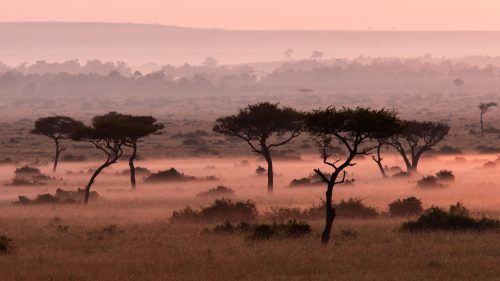
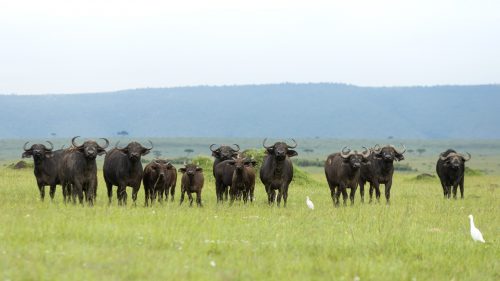

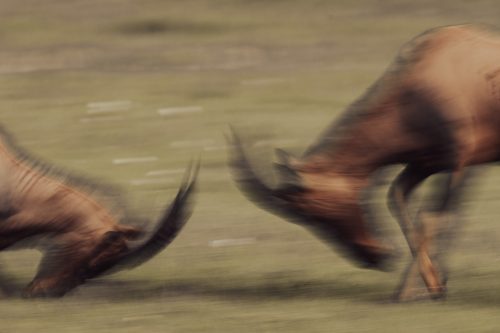
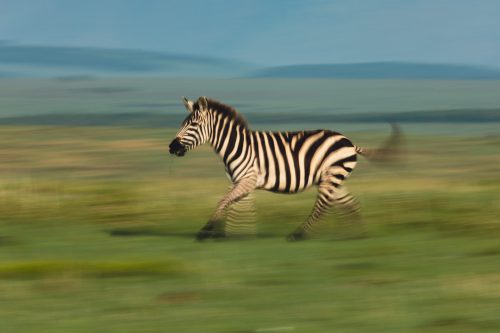
This week I watched in awe as a clan of over 20 hyenas fought over and fed on a massive buffalo bull. I arrived on the scene too late to find out if they had killed it, chased off a pride of lions or if the ‘retired general’ had simply died of natural causes. Nevertheless, it was fascinating to watch the hyenas make light work of this large animal.
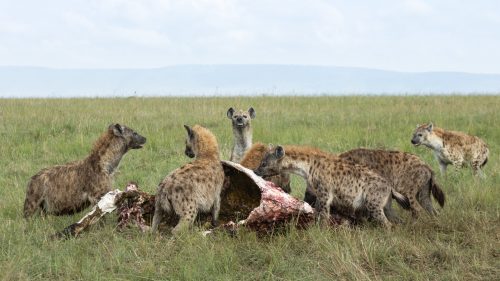
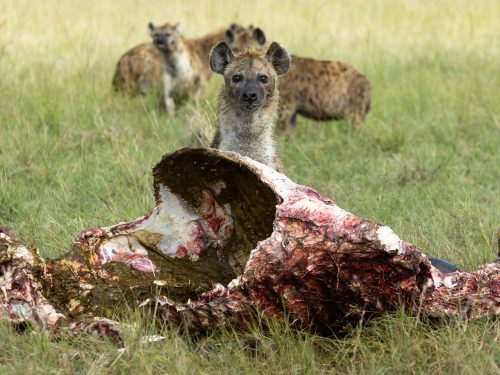

A real treat for me was finding the five Sausage Tree Pride lionesses in the pouring rain one morning. I followed these hunting lionesses for over 3 hours. The two big Lamai males trailed them at a distance, presumably waiting for the females to make a kill. These lionesses chased 4 separate warthogs, unsuccessful on each occasion. They were desperate for food and continued to walk huge distances, far beyond the normal boundaries of their territory. It is a relief to see some stability returning to this pride, the dominant lions in the south-western Mara Triangle, over the last few years.
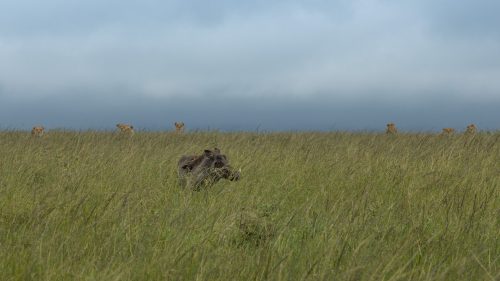
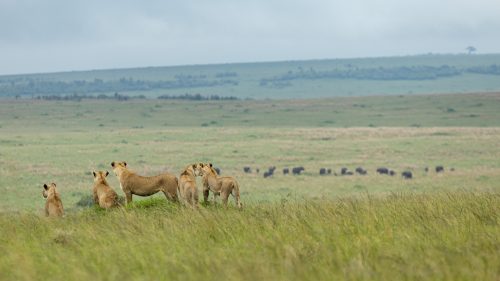
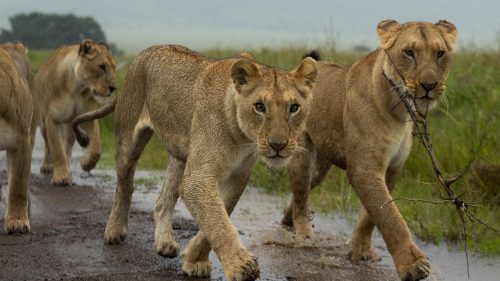
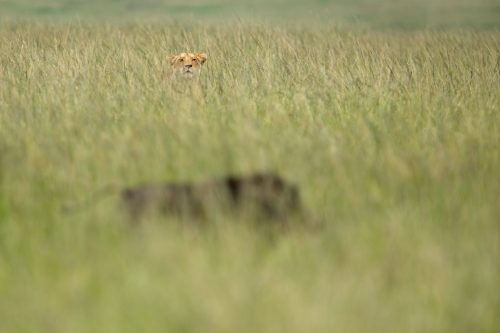
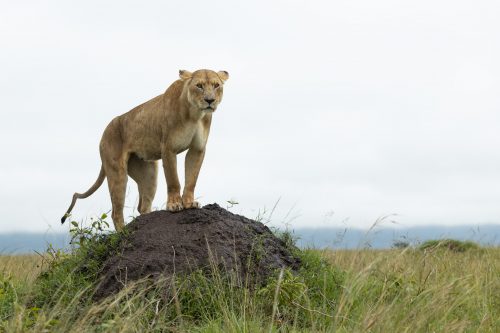
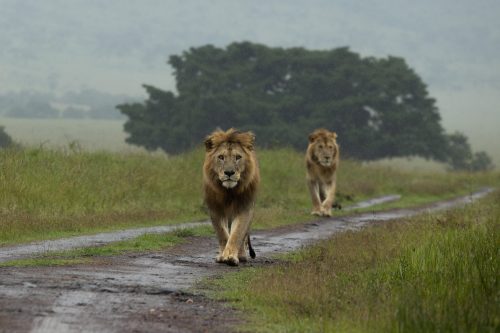
Sadly, it does appear as if the beloved Mama Kali, the collared lioness from the Angama Pride, has lost her latest litter. We know she gave birth in a small forest fragment in early January. For over 20 days she returned like clock-work to her den site. Until, on day 21 she stopped. She has subsequently been seen wondering alone far and wide over the last 2 weeks, with not a single sighting of a youngster. She has even gone as far north as Mara Rianta. This week she started mating again with Koshoke from the Bila Shaka Coalition, putting an end to the hope that the cubs were still alive.
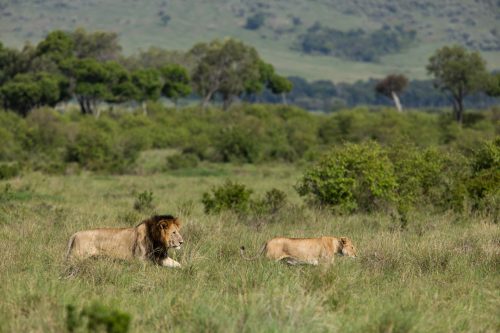
Lastly, for those of you regular visitors to the Mara Triangle, you may be familiar with the burnt out Volkswagen. Legend has it that it dates back to the 70s or 80s when it overheated and caught on fire — everyone survived but the cremated carcass of the car was left to rust. It is found in an extremely remote part of the reserve and I had not visited it in over a year. So I thought I would pay the old landmark a visit. Nature is gradually taking over.
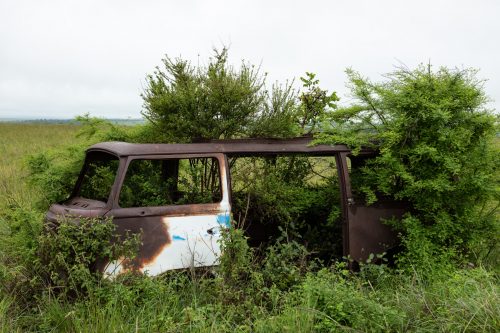
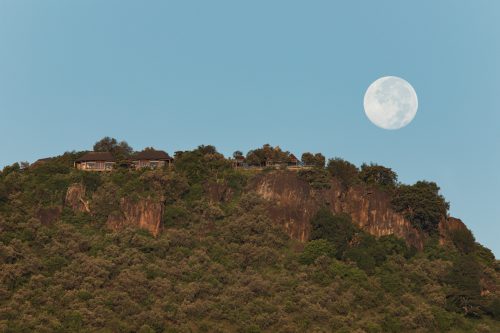
Two years ago I will never forget heading out for an early morning game drive, the previous night’s full moon still hanging in the sky, illuminating the road ahead. On getting down to the Mara floor, I looked back towards Angama’s North Camp, to be greeted by the most wonderful of sights.
Filed under: This Week at Angama
Subscribe for Weekly Stories
Comments (1):
12 February 2022
Excellent edition, Adam. Thank you!
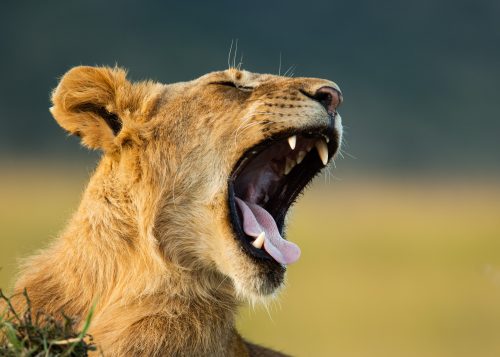
Angama Safari Offers